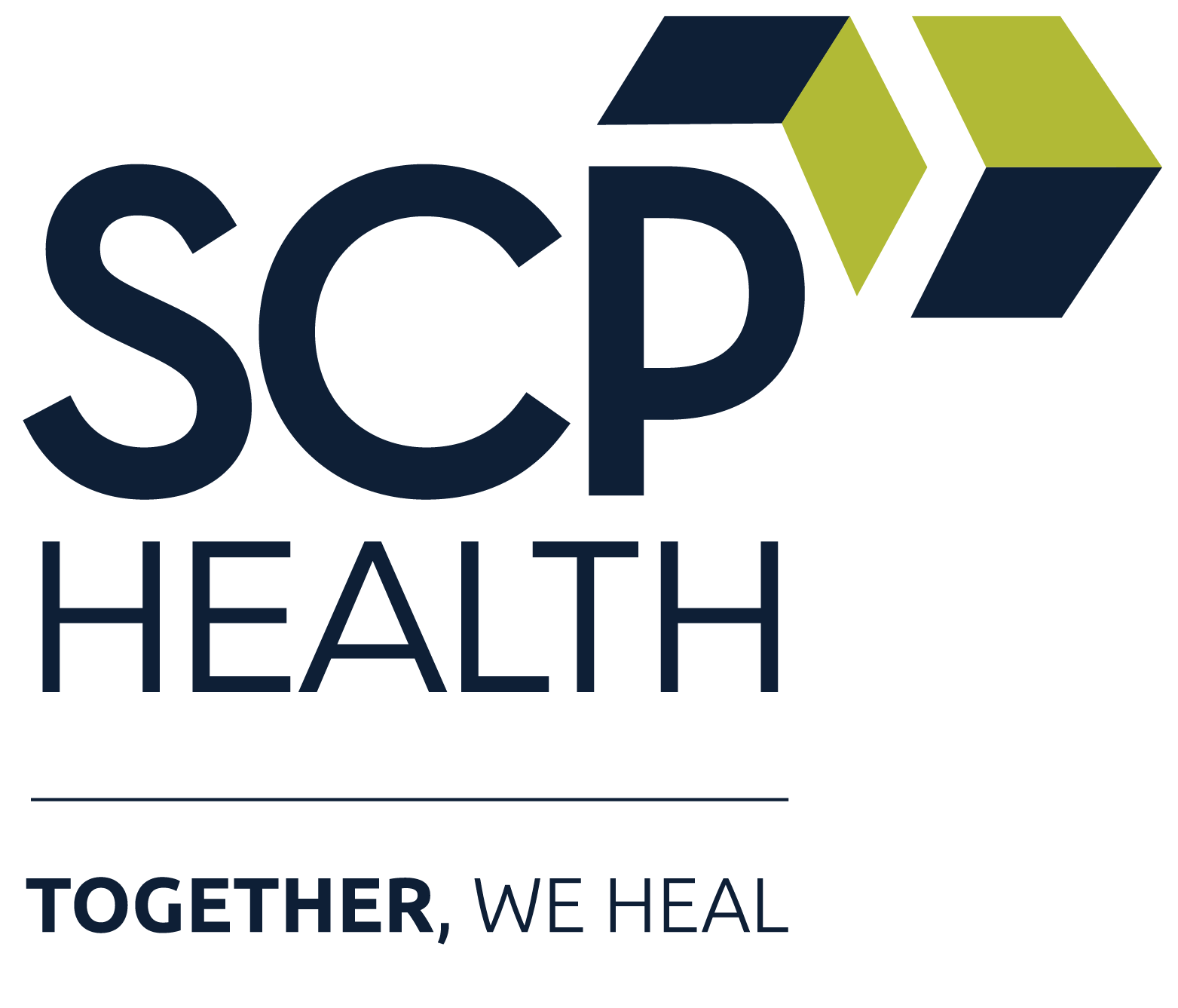Strategies to breakthrough departmental silos and achieve joint program success.
It’s no secret that friction between ED doctors and hospitalists happens. ED doctors often seek collegial help from hospitalists, wanting their interactions with to be efficient and functional. On the flip side, when a hospitalist’s phone rings and it’s the ED, it’s often viewed as an inconvenient strain on already-strapped resources. Inevitably, conflict arises from these disparate vantage points and competing priorities.
The secret is this: emergency medicine and hospital medicine programs work best when they share goals and function together. When the two programs are at odds, their conflict has a ripple effect that compromises cost efficiency, patient experience, patient safety, physician satisfaction, and care consistency.
To foster optimal outcomes for all stakeholders—EM and HM clinicians and staff, patients, and your hospital or health system—EM and HM performance must be viewed as partnered. In this post, we outline four proven, practical strategies EM and HM leaders can apply to breakthrough siloed practices, align goals, and streamline interdepartmental processes.
1. Establish regular EM-HM stakeholder meetings.
We recommend instituting a multi-disciplinary monthly meeting that we call the “Joint Operations Committee,” including the EM and HM medical directors, hospital administration, nursing directors, case managers, and any other key stakeholders that interface with the EM and HM services.
For maximal effect, these meetings should have a standard agenda including patient-focused, physician-led priorities that reflect front-line challenges, system and process enhancements, and objective data to measure progress toward shared performance goals.
In addition to holding regular meetings with department and hospital leadership, EM and HM medical directors should meet with each other and with their teams routinely (we recommend monthly director meetings and quarterly interdepartmental team meetings) to keep a pulse on departmental challenges and successes.
2. Encourage comradery between EM and HM team members.
People compromise and collaborate with individuals they trust. To that end, it is helpful to encourage team members from both departments to spend social time together. Arranging a lunch, group outing, or other social function gives hospitalists and ED physicians a casual venue to form personal bonds and build trust.
Comradery and trust also breed situational awareness, which goes a long way to diffuse preconceived notions and illuminate the ways EM and HM services impact each other. When situational awareness improves, providers from both services are cognizant of the other’s challenges and how they might lessen the burden on one another. For example, simply being aware that the ED program is struggling with staffing issues and volume surges gives the HM physician added context and may increase his/her willingness to offer a mutually beneficial compromise.
3. Define shared goals.
A good foundation for joint accountability is defining the metrics both departments impact, creating shared goals tied to those metrics, and checking in regularly to discuss progress. To determine which metrics to measure, it’s important to embrace the fact that EM and HM clinician’s day-to-day habits impact one another. For example, a hospitalist’s response time to a page, call or text can impact EM throughput and door-to-doc metrics. Similarly, the quality of an ED physician’s patient evaluation and handoff communication can impact HM length of stay and readmission rates. Recognizing this, and creating goals both services are responsible for achieving, motivates all to collaborate. Keep in mind, key metrics to measure will vary at every facility depending on influencing factors such as volume and case mix index.
4. Establish joint process standards.
When an EM physician or Hospitalist is questioned about a metric impacted by the other service, it’s easy for blaming to occur. For example, if you ask a Hospitalist why observation cases are increasing, they may respond by saying “We’ve been getting a ton of inappropriate admissions from the ED recently. They hired a new grad that just admits everyone.” Similarly, if an ED medical director is questioned about an uptick in ED LOS of admitted patients, they may respond by saying “The hospitalists insist on coming down and seeing all the patients in the ED before they go up. Sometimes it takes them hours to come down!”
To eliminate the blame game and diffuse conflicts as they arise, EM and HM leaders should establish a shared set of established EM-HM handoff standards that both teams agree to follow. As part of these standards, define what warrants hospitalization, transfers, and what should be completed in the ED before calling HM. Additionally, set a standard for a reasonable time hospitalists commit to returning pages/calls/texts from the ED, and what to do if a disagreement about the disposition of a patient arises.
Though flexible in extenuating circumstances, this mutual code of contact will set the tone for a culture focused on achieving the most efficient, cost effective, and optimal solution for the patient.
These four strategies will boost EM-HM performance and set the tone for a culture focused on achieving the most efficient, cost effective, and optimal solution for the patient and for your hospital.





